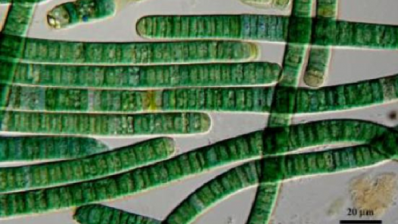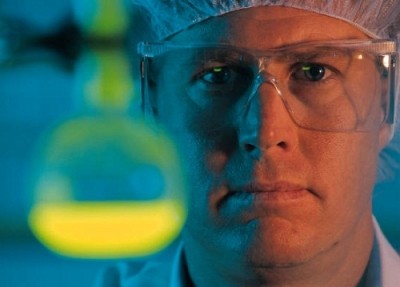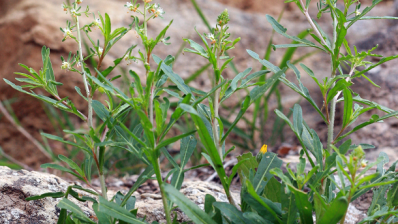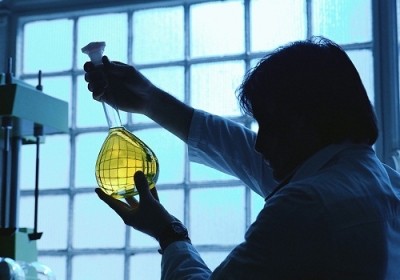New photobioreactor makes microalgae cultivation easier for the industry
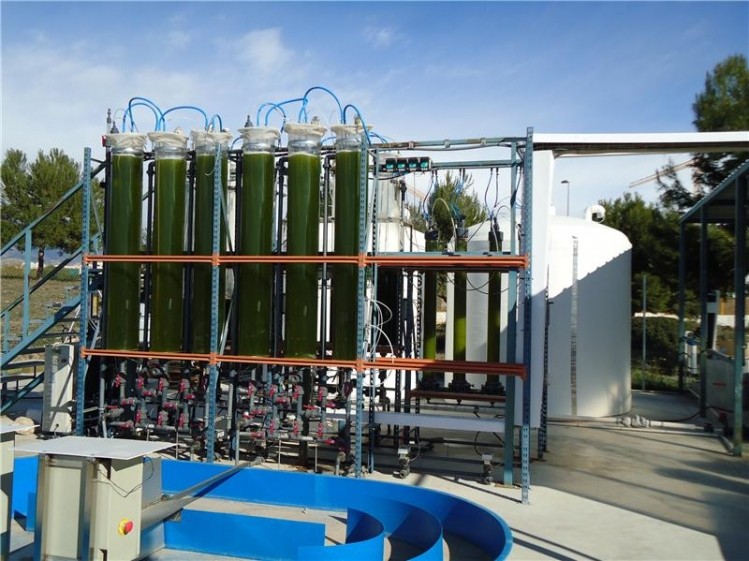
Antonio Marcilla who heads up the research group in polymer processing and pyrolysis at UOE told CosmeticsDesign-Europe.com that this photobioreactor will be very useful in cosmetics in that it has "proved to be more efficient than any other currently on the market through a better use of CO2 and light transfer to cultivation."
“This device can be used to cultivate any type of algae currently cultivated in other photobioreactors also based on the ‘air-lift method’. It also has lower maintenance and cleaning costs and is easily scalable to larger production.”
Marcilla also tells this publication that the technology improves the microalgae exchange between areas of light and dark and keeps microalgae clear on the walls of the photobioreactor when the culture reaches high concentrations.
The development comes just weeks after experts in algae revealed that the raw material is becoming a hot resource for the cosmetics industry when looking for more sustainable and 'natural' ingredients, but also that the area still comes with its own challegenes when it comes to sourcing and cultivating.
“The subject on the cultivation of microalgae is having a major boom in terms of research in the last fifteen years. This technology aims to overcome any difficulties or problems that have been presented over the years with the use of other similar cropping systems,” adds Marcilla.
What makes this technology 'unique'
According to the leading scientist, the photobioreactor combines the mechanism of a bubble column with the air-lift ype for higher biomass production than that obtained for both systems separately. It also has, at least, one internal recirculation pipe located at the bottom that allows combining the air-lift and bubble column effects.
"For the optimal microalgae growth, it is necessary to provide light, air and CO2 to control the culture pH and not to reach values that threaten the microalgae survival. Thus the injection of air and CO2 is carried out at the bottom of the photobioreactor which also has a heat exchanger to maintain the optimum temperature," Marcilla explains.
The research group has developed a prototype that is available for experimental demonstration and has a work volume of 30 litres and its average productivity is 6 g/day.
The team also has a pilot plant for carrying out the pre-industrial scaling with reactors of 500 litres (with a production capacity of 100 g/day) where there is also sea water tanks, decantation tanks, filtration, lyophilization and molecular characterization equipment, and culture conditions that can be optimized for some microalgae species.
